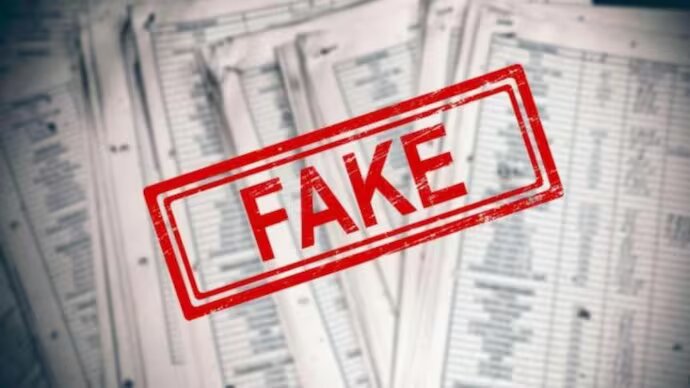
The Art of Forgery: Understanding the Craftsmanship Behind Fake Documents
Forgery, the age-old art of creating replicas or imitations of valuable and important documents, has a rich and intriguing history. While the act itself is often deemed illegal and unethical, there’s an undeniable fascination in understanding the craftsmanship that goes into producing convincing Fullzinfo documents. In this blog, we delve into the world of forgery, exploring the techniques, motivations, and consequences that surround the creation of counterfeit documents.
The Motivations Behind Forgery
Forgery has been employed for various reasons throughout history, ranging from financial gain to political intrigue and personal revenge. The motivations behind forgery are as diverse as the documents themselves. Counterfeiters might forge paintings, signatures, passports, currency, or historical manuscripts, driven by a desire for wealth, power, or recognition. Understanding these motivations is crucial in unraveling the complexities of the art of forgery.
The Techniques of Forgery
Crafting convincing fake documents requires a deep understanding of the materials, techniques, and details involved. Skilled forgers often study the target document meticulously, analyzing the paper, ink, typography, and any unique features that contribute to its authenticity. Advancements in technology have made forgery more sophisticated, with the use of high-quality scanners, printers, and even computer software to replicate intricate details.
- Paper and Ink: Forgers pay close attention to the type of paper used in authentic documents, replicating its texture, thickness, and watermark. Matching the ink composition is equally important to ensure the appearance of age and authenticity.
- Typography: The style and arrangement of text play a crucial role in forging documents. Skilled forgers meticulously replicate the font, spacing, and alignment, often employing specialized tools or even hand-drawing to achieve the desired effect.
- Watermarks and Seals: Many official documents bear watermarks, seals, or holograms for added security. Forgers invest time and effort in replicating these elements to create a more convincing counterfeit.
- Aging Techniques: To make a fake document appear old and worn, forgers may use various aging techniques, such as exposing it to heat, light, or chemicals. This helps create an illusion of authenticity that can deceive even the most discerning eye.
The Consequences of Forgery
While forgery may seem like a crafty endeavor, the consequences are severe and far-reaching. Counterfeit documents can lead to legal repercussions, damage reputations, and compromise security. Governments and organizations invest significant resources in developing anti-counterfeiting measures to protect their documents, currencies, and valuable assets.
- Legal Ramifications: Forgery is a criminal offense in most jurisdictions, carrying penalties that range from fines to imprisonment. Individuals caught forging documents may face serious legal consequences.
- Erosion of Trust: Forgery undermines the trust that society places in official documents. The discovery of counterfeit passports, certificates, or currency erodes confidence in the systems designed to safeguard authenticity.
- National Security Concerns: Counterfeit documents pose a threat to national security by facilitating identity theft, illegal immigration, and other criminal activities. Governments worldwide invest heavily in technologies to detect and prevent forgery to safeguard their citizens.
Conclusion
The art of forgery is a complex and intriguing world that blends craftsmanship with deception. While the creation of fake documents may showcase incredible skill, the consequences are significant, affecting legal, social, and national security landscapes.